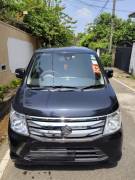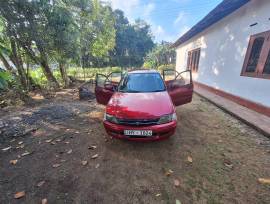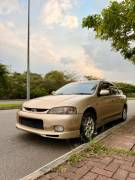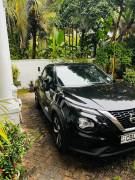Group B Rally Cars
Rally Cars
35 members have voted
-
1. What is your favourite Group B Rally CAR
-
Audi Sport Quattro S110
-
Citroën BX 4TC0
-
Škoda 130 LR0
-
Ferrari 288 GTO Evoluzione0
-
Ford RS2001
-
Ford Escort RS 1700T0
-
Lada VFTS0
-
Lancia 037 Rally0
-
Lancia Delta S46
-
MG Metro 6R41
-
Mitsubishi Starion 4WD1
-
Mazda RX-7 4x42
-
Nissan 240RS0
-
Opel Manta 4000
-
Peugeot 205 T165
-
Peugeot 305 V60
-
Porsche 911 SC RS3
-
Porsche 9592
-
Renault 5 Turbo1
-
Toyota Celica Twin-Cam Turbo3
-

























Recommended Posts
Join the conversation
You can post now and register later. If you have an account, sign in now to post with your account.